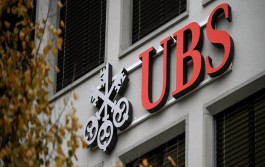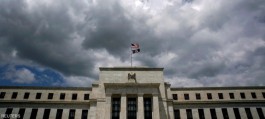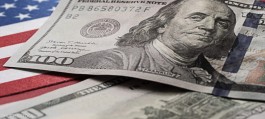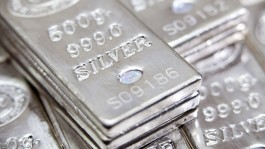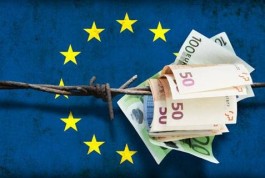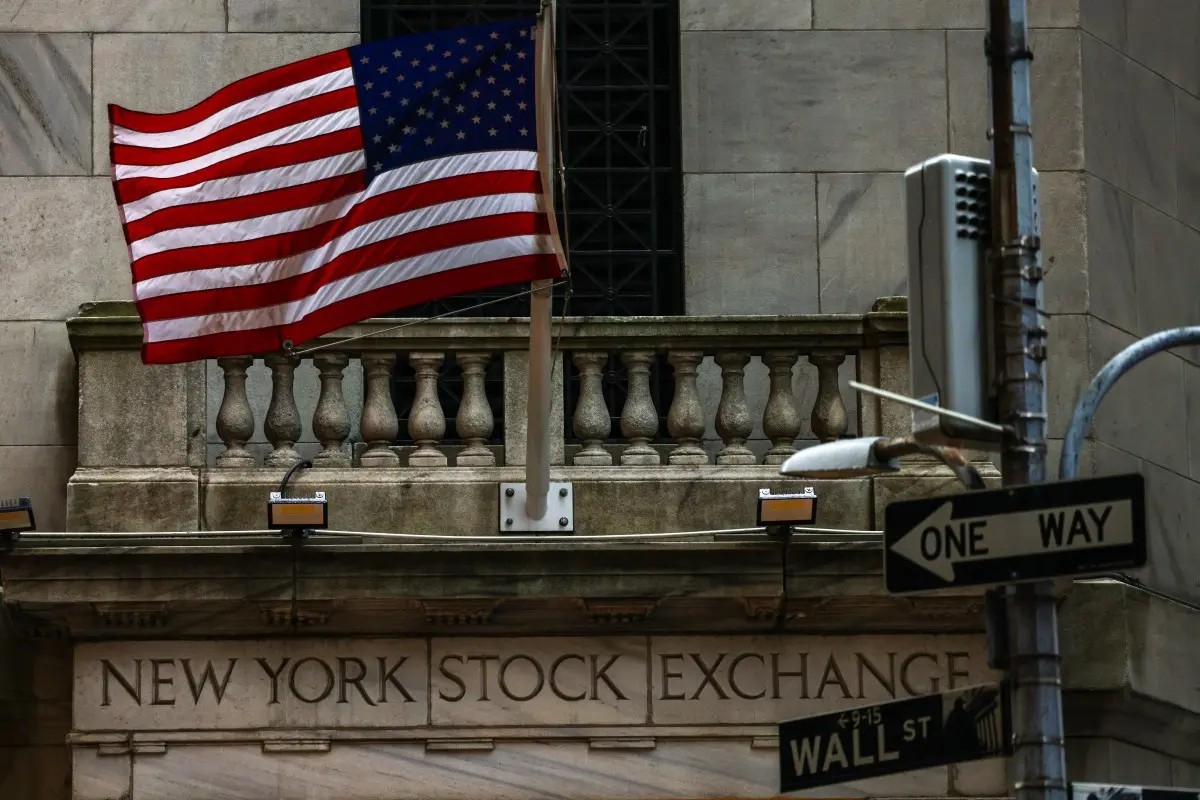Crypto assets and U.S. stocks are now moving more in sync than ever before, a study shows. This means that the macroeconomic factors that affect the stock market are also affecting the cryptocurrency market.
Data compiled by Bloomberg show the 40-day correlation coefficient between the index tracking the 100 largest digital assets and the S&P 500 is around 0.67, a level surpassed only in the second quarter of 2022 when it hit 0.72. A value of 1 means the assets move exactly in parallel, while -1 means they move inversely.
Stocks and Bitcoin Rise
US stocks hit new record highs and Bitcoin surged above $64,000 last week after the Federal Reserve began cutting interest rates by 50 basis points as part of its expected easing cycle. Economic data from the US is now pivotal for traders as it could give us clues about the extent and speed of future rate cuts.
“Currently, the rise in crypto prices is driven by macroeconomic factors, and this is expected to continue throughout the Fed’s rate cuts, unless there is an unexpected crisis in the cryptocurrency market specifically,” said Caroline Morone, co-founder of Orbit Markets, a liquidity provider for digital derivatives trading.
Fed Comments and Consumption Index
At the forefront of events this week will be comments from Federal Reserve officials, as well as the release of the personal consumption expenditures price index, the central bank's preferred inflation gauge.
For his part, Sean McNulty, director of trading at Arbelos Markets, sees the speakers’ comments as more important than the PCE inflation data, as the FOMC’s reaction is the key factor that the market is currently trying to assess.
Bitcoin, the largest cryptocurrency, rose less than 1% to $63,480 as of 7:38 a.m. Monday in New York, amid slight gains in most major cryptocurrencies. The rise came as U.S. stock futures rose.
Vice President Kamala Harris’s pledge to increase investments in artificial intelligence and cryptocurrencies if she wins the US election has boosted market confidence. Expectations of additional economic stimulus in China after lowering borrowing costs have also helped improve sentiment.


















